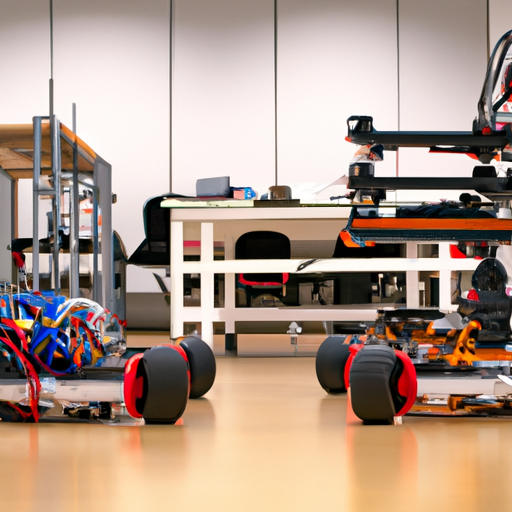In recent years, Quantum Computing has emerged as a groundbreaking field with the potential to transform technology as we know it. Unlike traditional computers that rely on classical bits, quantum computers utilize quantum bits or qubits. This shift in computation not only alters the speed at which computations can be performed but also drastically expands the capabilities of processing complex data.
What is Quantum Computing?
At its core, Quantum Computing harnesses the principles of quantum mechanics, enabling computers to tackle problems that are currently unsolvable by classical computers. By exploiting phenomena like superposition and entanglement, quantum computers can operate on multiple states simultaneously, leading to exponential increases in processing power.
Key Concepts of Quantum Computing
- Qubits: The basic unit of quantum information, a qubit can represent both 0 and 1 at the same time due to superposition.
- Superposition: This allows quantum computers to process a vast number of possibilities simultaneously.
- Entanglement: A quantum phenomenon where the state of one qubit is directly related to the state of another, regardless of distance, enabling complex interactions.
- Quantum Algorithms: Specialized algorithms, such as Shor’s algorithm for factoring large integers, demonstrate the potential speed advantages of quantum computing.
The Promise of Quantum Supremacy
In 2019, researchers claimed to have achieved quantum supremacy, demonstrating that a quantum computer could perform calculations beyond the reach of classical machines. This milestone showcases the immense potential of quantum computing in fields such as cryptography, optimization, and artificial intelligence.
Applications of Quantum Computing
From revolutionizing drug discovery to enhancing machine learning, the applications of quantum computing are vast:
- Healthcare: Quantum computing can analyze vast datasets to find potential treatments and predict patient outcomes.
- Crypotography: The security of data can be drastically improved using quantum encryption techniques.
- Climate Modeling: Quantum computers can simulate complex climate models, aiding in the fight against climate change.
Challenges Ahead
Despite its potential, quantum computing faces substantial challenges, including error rates, hardware limitations, and the need for more robust quantum algorithms. As companies and researchers work tirelessly to overcome these barriers, we inch closer to a new era of computing.
Conclusion
The future of Quantum Computing is bright and filled with possibilities. As we continue to explore this cutting-edge technology, the implications for industries around the globe are profound. Whether it’s enhancing our understanding of the universe or solving critical global issues, quantum computing is set to unlock a future previously thought to be out of reach.
Stay tuned as we embark on this exciting journey into the quantum realm!












